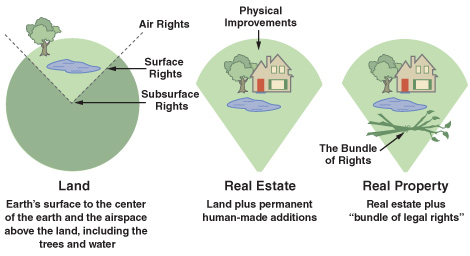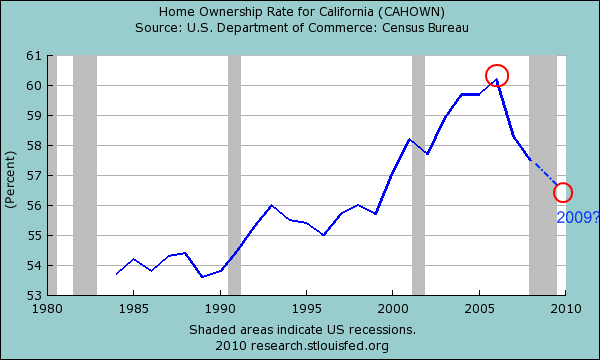Real Property and Freehold Estates
By: Kellie Nation
Individuals who own real estate completely and indefinitely hold many interests in their property, known as a freehold owner’s bundle of rights. Freehold estates include the fee simple, qualified fee, and life estates (Diaz/Hansz). Whether an entity occupies a piece of property as a freehold or leasehold estate can be easily determined because freehold estates only concern those who own their property out right, and leasehold estates are identified by those who use or have the right to possess by someone else who actually has ownership. This particular focus represents an environmental, real estate legality. It insists that the holder possesses ownership of a piece of immobile property during the present period in time (Lectlaw). As well, these estates can be given or received as inheritances.
The first type of freehold estate is known as a fee simple absolute. This is the upmost, hierarchical form of ownership in real property that an entity may hold; therefore, it includes every possible stick in the bundle of rights in private, real property ownership (Diaz/Hansz). Use of the property as a fee simple owner constitutes unlimited use of the property. Moreover, this estate has the ability to be transferred while the fee simple owner is alive, or may be given to an heir of the owner upon his or her death. The graph below depicts the number of Californians who hold free simple interests in their property.
Another freehold interest is called a qualified fee. Under this circumstance, the estate holder must meet a certain qualification in order to maintain his or her interest in the property. This means that the possessor may only occupy the property in the manner in which specifically stipulated by the grantee, and in doing so, owns the property completely (Diaz/Hansz). However, if the property is ever used for any reason not acknowledged by the grantee, then a reversion occurs and ownership is automatically transferred back to the grantee (ThisMatter). In some cases, the grantee has prepared for this potential occurrence by naming another individual as the remainderman, who will take possession of the property upon the previous owner’s misuse of the land (Diaz/Hansz).

Finally, the third kind of freehold is known as a life estate. With a title that defines its terms, a life estate is one in which the life tenant has the right to occupy the estate for the duration of his or her life. The tenant has a duty to properly maintain the land and a right to sell, lease, or mortgage his or her interest to another person. Once the possessor dies, the interest either reverts back to the grantee or passes to a designated individual or entity that holds a future interest in the life estate (ThisMatter).
There are many interests, as well as avenues to obtaining interest in real property. Freehold interests are attractive because as long as all criteria and obligations are met, the possessor obtains complete ownership. These are legal issues within the real estate environment that are set aside for absolute owners, or to individuals designated specifically by the owner. Simply, freehold interests are just some of the many perks to being a homeowner, remainderman, or a future-interest holder.
Diaz III, Julian. Hansz, Andrew. Estate Analysis: Environments and Activities. Kendal Hunt, 2010. Pg. 177-78.
The Electric Law Library. Freehold. 2011. http://www.lectlaw.com/def/f059.htm.
ThisMatter.com. Estates In Land. 2011. http://thismatter.com/money/real-estate/estates-in-land.htm.
http://www.doctorhousingbubble.com/wp-content/uploads/2010/01/ca-home- ownership.png.


No comments:
Post a Comment